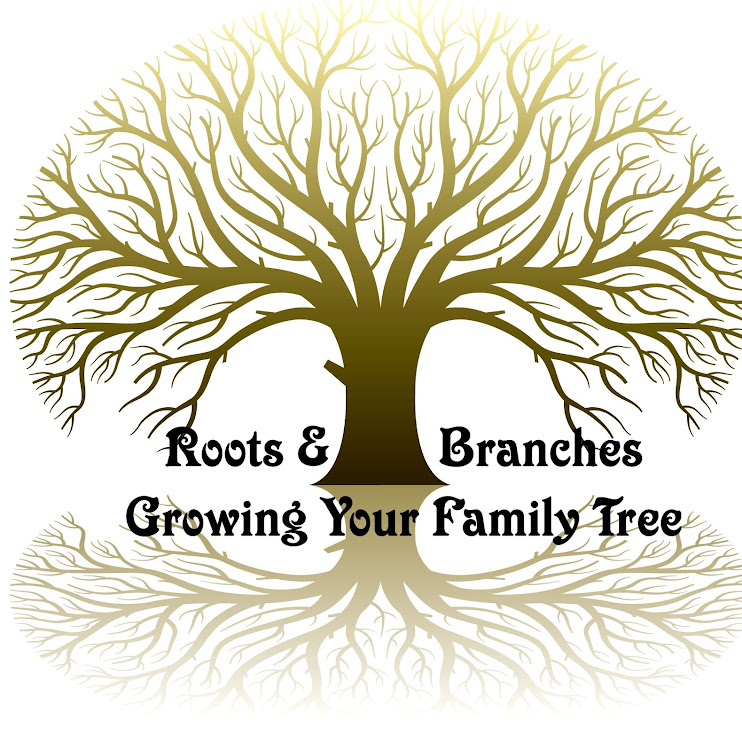DNA Spotlight: The Shared cM Project
April 09, 2019
When you get your DNA results, the DNA company tries to give you a sense of how you are connected to your matches. They will identify each relationship as parent, close family, sibling, second cousin, third cousin, fourth cousin, distant cousin, etc.On MyHeritage it looks like this:
On Ancestry it looks like this:
It's important to understand that the relationship provided is just an estimate. There are actually a number of possible ways you could be related to any given DNA match.
Now take a look at those same images and notice that next to or underneath the relationship you see a number and the initials cM. cM stands for centiMorgans which is the unit of measurement for DNA. The more cM you share with a DNA match the more closely related you are. The less cM you share, the more distant your relationship.
The Shared cM Project
In order to understand better all the possible relationships you have with a DNA match, genetic genealogist Blaine Bettinger came up with a data driven tool called the Shared cM Project. Blaine asked DNA test takers to provide the amount of cM they shared with known relationships. From this he was able to create charts that showed the various possible relationships through the range and averages of centiMorgans.
From the data, Blaine produced the Shared cM Project chart below. In each box the first line is the relationship, the second line is the average cM for that relationship and the third line is the range he has determined based on the data.
So if we take the example above - 2nd-3rd cousin, 276 cM - we would look for the box where the average is closest to 276 cM. You'll notice that there are three boxes that are pretty close: Half 1C1R (226 cM), 1C2R (229 cM) and 2C (233 cM). If you look beyond the averages to the ranges you'll notice that there are even more possibilities. This is just to show that your actual relationship to your DNA match could be any of a number of possibilities besides what the DNA company estimates for you. In this particular case, I know the cousin personally and I am accurately able to identify her as my second cousin and not a third cousin or any of the other choices.
Blaine Bettinger, The Shared cM Project, https://thegeneticgenealogist.com
(Click to enlarge), Creative Commons attribution
(Click to enlarge), Creative Commons attribution
Recently Jonny Perl, the creator of DNA Painter presented a webinar about DNA Painter on Legacy Family Tree Webinars (which is free to watch). Jonny has transformed Blaine's chart into an interactive tool on DNA Painter.
Let's see how it works with two new DNA matches I received just today.
From the main DNA Painter home page choose the Tools menu option.
On the next page choose the Shared CM Tool option:
For the first new cousin I get this result:
The second new match of the day was also described as a 3rd-4th cousin.
Both the Shared cM Project chart and DNA Painter are free to use. These tools will greatly help you in your genetic genealogy research. Give them a try.
You can learn more about understanding your DNA results from classes in the Legacy library. If you are just starting out with DNA take a look at Blaine Bettinger's Foundations of DNA series. If you're already pretty comfortable with DNA then choose from among the 74 DNA classes in the library.
Marian Pierre-Louis is the Online Education Producer for Legacy Family Tree Webinars. She hosts the monthly evening webinar on the second Tuesday of each month. Her areas of expertise include house history research and southern New England research. Check out her webinars in the Legacy library.

 DNA
has become a major tool for use by police in solving cold cases of
murder and other violent crimes. In the past year, about 50 cold cases
have been solved nationwide using public genealogy websites. But is this
evidence alone reliable?
DNA
has become a major tool for use by police in solving cold cases of
murder and other violent crimes. In the past year, about 50 cold cases
have been solved nationwide using public genealogy websites. But is this
evidence alone reliable?